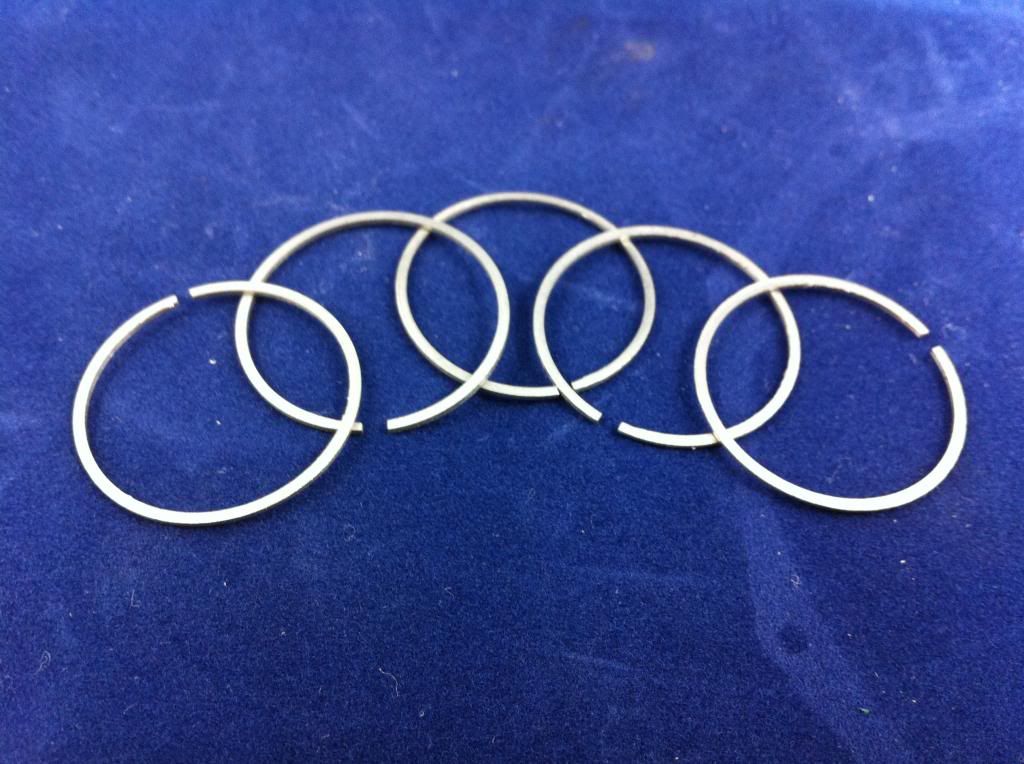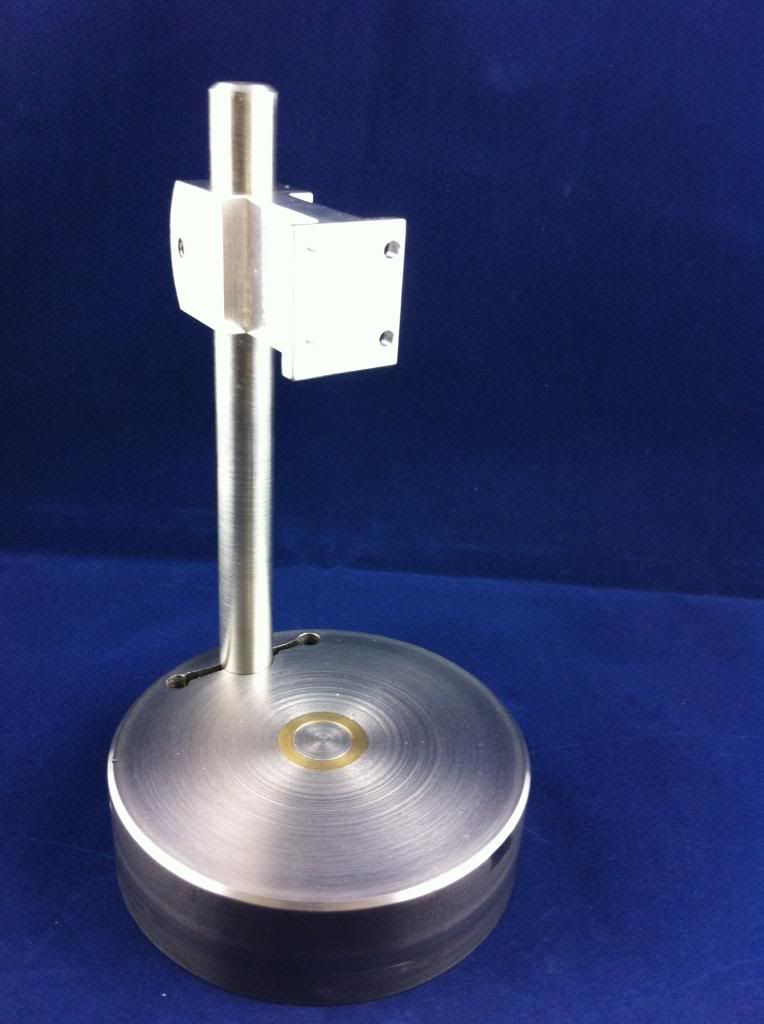Brian-in-Oz
Retired Swarf Maker
- Joined
- Mar 8, 2013
- Messages
- 137
- Reaction score
- 133
Hi Michael and all,
Unfortunately I have not done any shop time for nearly two months having been away for 1 month and on returning home seem to have had things on and some jobs to do around the house. The good news is they are completed (for now) and I will be back in the shop in the next few days
having a go at making some valve springs.
I am really impressed with your prop boss Michael, it looks fantastic and no spinning off a prop there. Just out of interest I am thinking of drilling and tapping some holes in the front of the cam cover and making a puller to suit in case of the need to dismantle at some stage as there is not much to grip on the cam cover. With the front bearing being an interference fit in the cover and onto the crankshaft it would be a pity to damage it while try trying to dismantle.
Unfortunately I did not take many photo's when making the piston rings but I was able to part them off accurately with a 40 thou. parting tool on the old Hercus (read Southbend). I did find a photo of parting the oil rings however.
I did not have my surface grinder when I made the rings but I think it would a good way to make them as you suggested. It would be easy to do them in a batch and have a lovely finish on the flats. I also made a few spares.
I will keep information flowing as to how I get on with the valve springs. The owner of a local engineering shop has taken an interest in the radial project and is using it to inspire his apprentices. He also has a heat treatment oven and has offered it to me to use to heat treat the springs.
Cheers Brian - Thm:

Unfortunately I have not done any shop time for nearly two months having been away for 1 month and on returning home seem to have had things on and some jobs to do around the house. The good news is they are completed (for now) and I will be back in the shop in the next few days
having a go at making some valve springs.
I am really impressed with your prop boss Michael, it looks fantastic and no spinning off a prop there. Just out of interest I am thinking of drilling and tapping some holes in the front of the cam cover and making a puller to suit in case of the need to dismantle at some stage as there is not much to grip on the cam cover. With the front bearing being an interference fit in the cover and onto the crankshaft it would be a pity to damage it while try trying to dismantle.
Unfortunately I did not take many photo's when making the piston rings but I was able to part them off accurately with a 40 thou. parting tool on the old Hercus (read Southbend). I did find a photo of parting the oil rings however.
I did not have my surface grinder when I made the rings but I think it would a good way to make them as you suggested. It would be easy to do them in a batch and have a lovely finish on the flats. I also made a few spares.
I will keep information flowing as to how I get on with the valve springs. The owner of a local engineering shop has taken an interest in the radial project and is using it to inspire his apprentices. He also has a heat treatment oven and has offered it to me to use to heat treat the springs.
Cheers Brian - Thm:







































![DreamPlan Home Design and Landscaping Software Free for Windows [PC Download]](https://m.media-amazon.com/images/I/51kvZH2dVLL._SL500_.jpg)





































